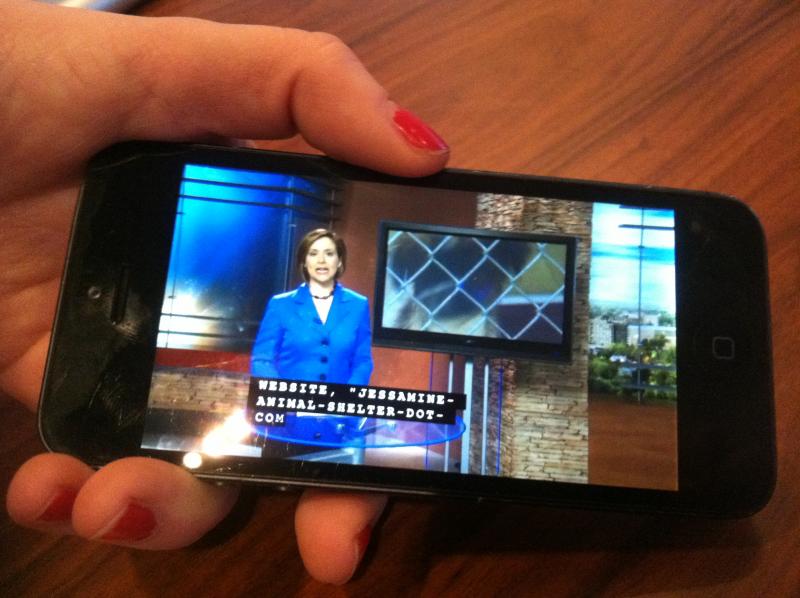Internet captioning now the law of the land
On March 30, the second phase of the FCC’s mandate for the closed-captioning of video programming delivered over the Internet officially went into effect, as mandated in the 21st Century Communications and Video Accessibility Act (CVAA). In this phase of the new captioning rules, IP video televised live or “near live” with captions must then also have captions of equal or better quality when distributed online.
The new rules actually began last Sept. 30 with pre-recorded programming that is not edited for Internet distribution. On next Sept. 30, pre-recorded programming that is edited for Internet distribution is included. After Sept. 30, all new video programming shown on television with captions must have captions when shown online.
By contrast, archival video programming that is already available online but shown or re-aired on television must be shown online with captions based on a series of separate deadlines. Programming must be captioned within 45 days after the date it is shown on television with captions on or after March 30, 2014.
Numerous technology vendors have developed solutions to help stations comply, including specialized software that automatically checks if a particular video includes the correct captioning information (including the accurate synchronization of captions with the audio track). This is critical because it’s the individual station that will be fined by the FCC for distributing programming with incorrect captions, not the content creator.
One company, Livestream, a New York-based live online broadcasting platform, has been providing solutions for local news affiliates across the country. It offers the ability to caption live content as well as existing video.
Livestream’s solution supports live closed caption for the desktop (Flash), Apple iPhone and Android devises. The solution is already live on 12 news station websites and 12 more have the hardware ready for rollout. The company said it will have more than 100 station by the end of the year and will also include automated mid-roll ad insertion.

As for the new captioning rules, as established by the FCC, on or after March 30, 2015, programming must be captioned within 30 days after the date it is shown on television with captions. Such programming must be captioned within 15 days after the date it is shown on television with captions on or after March 30, 2016.
Get the TV Tech Newsletter
The professional video industry's #1 source for news, trends and product and tech information. Sign up below.
In addition, the FCC rules require that covered “apparatus” (including computers, smart phones, tablets, DVD and Blu-ray players and any physical device capable of receiving or playing back video programming simultaneously with sound) sold or manufactured in the United States must have closed captioning capability as of Jan. 1, 2014.
With the March 30 deadline, “live” programming is defined as programing that’s shown “substantially simultaneously” with the performance (with allowances for a slight obscenity delay). “Near-live” programming is that performed and recorded less than 24 hours before first airing on TV.
The FCC rules establish a two-year transition for uncaptioned, archival IP-delivered content that is shown on TV with captions after the new rules’ effective date. It also requires video programming owners to send caption files for covered IP video to video programming distributors and video programming providers along with the program files.
The parties can use the Society of Motion Picture and Television Engineers (SMPTE) Timed Text format (SMPTE ST 2052-1:2010: “Time Text Format (SMPTE-TT)” 2010 as a safe-harbor interchange and delivery format. However, the ruling stopped short of requiring all covered entities to use this standard.
Viewers can file complaints with the FCC or the video programming distributor or provider. If the complaint is first filed with the FCC, the commission said it will forward the complaint to the video programming distributor or provider.
The written complaint must be filed within 60 days of the captioning problem. After receiving a complaint, the video programming distributor or provider will have 30 days to respond to the complaint. If the dispute remains, viewers can then send complains directly to the FCC.
